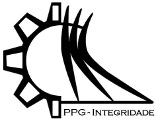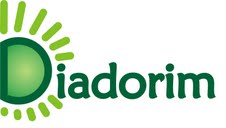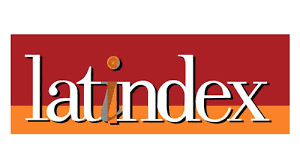SEISMIC ANALYSIS OF A SHEAR BUILDING MODEL
DOI:
https://doi.org/10.26512/ripe.v2i19.15020Abstract
Although strong seismic events are rare in Brazil, Brazilian structural engineers are frequently involved in such analysis for neighboring Latin American countries. Here, we present a study on the linear seismic response of a shear building mathematical model of a tall building. Step-by-step numerical time integration via Finite Differences is implemented to solve the ordinary differential equations of motion. Seismic base excitation, of random nature,
is not, in general, available. Usual National Building Codes for seismic resistant
constructions don’t provide design base accelerograms to compute the inertia forces at each pavement of the building. The standard information is the so called elastic design spectrum, that provides the maximum response acceleration for a one degree of freedom linear damped system for each country. Much research is being developed in order to generate artificial
base motion accelerograms compatible with these Code spectra. We presented a proposal for generating artificial base motion accelerograms compatible with the Brazilian National Code for Seismic Resistant Building. A base motion accelerogram generate according to our proposal was applied to a 10-store shear building model.
Keywords: structural dynamics, seismic analysis, Brazilian seismic resistant building code.
References
ABNT, NBR 15421:2006 ”“ Projeto de estruturas resistentes a sismos ”“ Procedimento. Rio de Janeiro. 2006
Barbat, A. H., Orosco, L.,Hurtado, J. E. y Galindo, M.,1994. Definición de la acción sísmica, Centro internacional de Métodos Numéricos en Ingeniería, CIMNE, monografía IS-10, Barcelona,1994.
Baroni, G., Iacono, F., Navarra, G., Palmeri, A.,2015. A novel analytical model of power spectral density function coherent with earthquake response spectra. In: Papadrakakis, M., Papadopoulos, V. and Stefanou, G. (eds). Proceedings of UNCECOMP 2015: the 1st ECCOMAS Thematic Conference on Uncertainty Quantification in Computational Sciences and Engineering, Crete - Greece.
Fernando Venancio Filho, 1975. Análise Matricial de Estruturas. Ed. A. Neves, Rio de Janeiro, 1975.
Kiureghian, A.,1980. A Structural response to stationary oscillation. Journal of Engineering Mechanics, 106(6), pp.1195-1213.
Ray W. Clough, Joseph Penzien, 1995. Dynamics of Structures, 3rd Ed - Computers & Structures, New York.
Reyolando M. L. R. F. Brasil e Marcelo Araújo da Silva, 2013. Introdução à dinâmica das Estruturas. 2ª edição. Ed. Blucher, São Paulo.
Reyolando M. L. R. F. Brasil, 1995. O Fenômeno de Localização de Modos em Dinâmica e Estabilidade de Estruturas Modulares de Comportamento Linear ou Não-Linear, Tese de Livre Docência, Escola Politécnica da USP, São Paulo, 1996.
Singiresu S. Rao, 2003. Mechanical Vibrations - 4ª edição. Ed. Pierson, São Paulo.
Vanmarcke. E.H.,1972. Properties of spectral moments with applications to random vibration. Journal of Engineering Mechanics, 98(2), pp. 425-446.
Vanmarcke, E.H.,1977. Structural response to earthquakes, C. Lominitz and E. Rosenblueth, eds., Seismic risk and engineering decisions, pp.287-337, Elsevier, New York.
Downloads
Published
Issue
Section
License
Given the public access policy of the journal, the use of the published texts is free, with the obligation of recognizing the original authorship and the first publication in this journal. The authors of the published contributions are entirely and exclusively responsible for their contents.
1. The authors authorize the publication of the article in this journal.
2. The authors guarantee that the contribution is original, and take full responsibility for its content in case of impugnation by third parties.
3. The authors guarantee that the contribution is not under evaluation in another journal.
4. The authors keep the copyright and convey to the journal the right of first publication, the work being licensed under a Creative Commons Attribution License-BY.
5. The authors are allowed and stimulated to publicize and distribute their work on-line after the publication in the journal.
6. The authors of the approved works authorize the journal to distribute their content, after publication, for reproduction in content indexes, virtual libraries and similars.
7. The editors reserve the right to make adjustments to the text and to adequate the article to the editorial rules of the journal.









